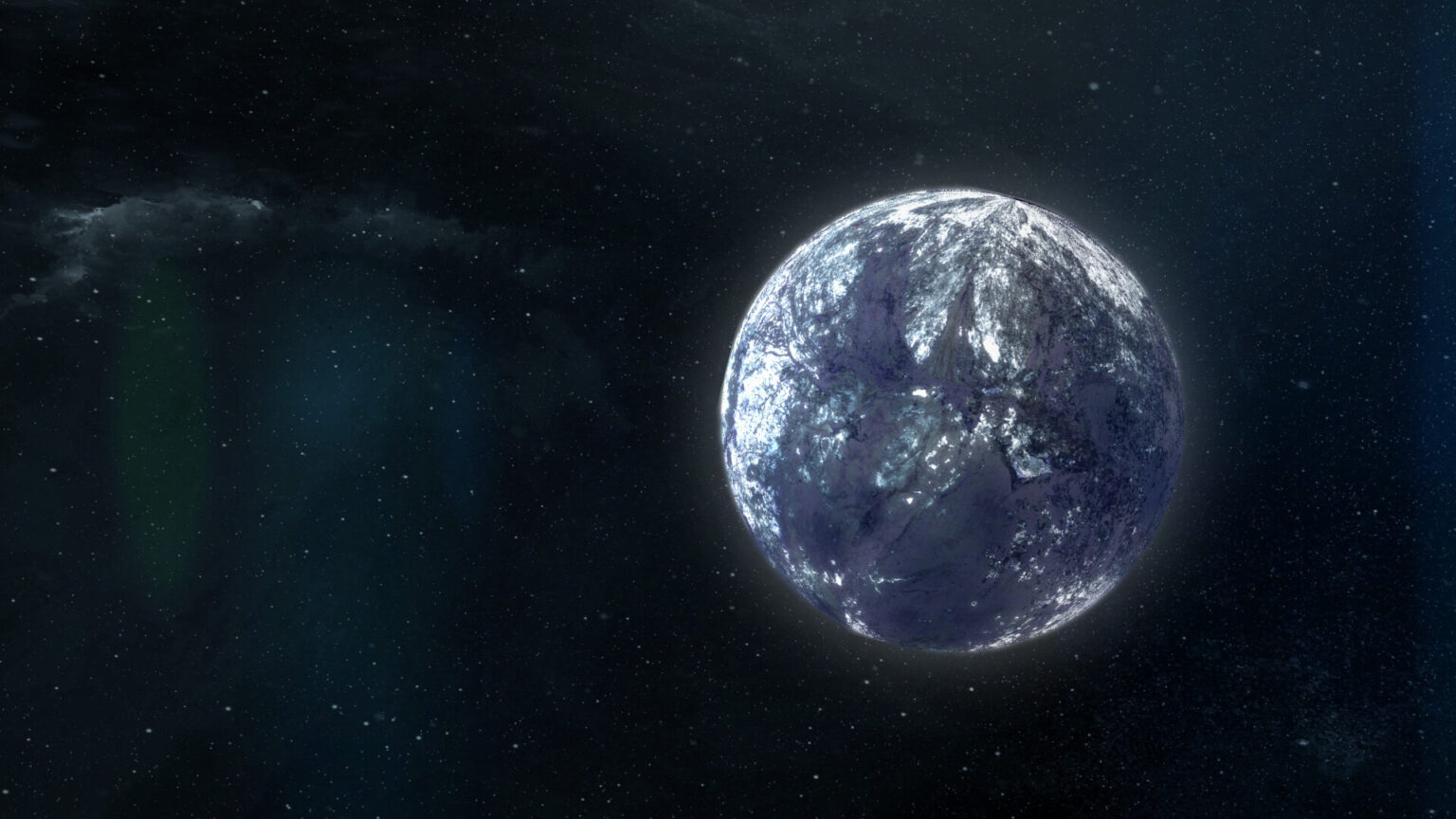Scientists have concluded that there may be 20 times more rogue planets than there are stars in the Galaxy. Most of them are of a size comparable to the Earth. It is expected that the Roman Space Telescope will be able to find at least 400 such objects.

Rogue planets in the Milky Way
Scientists working at the Goddard Space Flight Center, owned by NASA and a number of American universities have recently published two articles at once concerning rogue planets. In them, they summarized 9 years of experience in searching for such objects.
In the first of them, they described two rogue planets that they were able to discover relatively recently. The first of them has a size similar to Neptune, and the second is similar to Earth. The microlensing effect, which consists in the fact that the gravity of a massive object bends the light around it, helped them to make these discoveries. Thanks to this, an invisible object can be seen when it passes between us and some star.
In the second article, scientists analyzed their observations during this time and estimated the total number of rogue planets, finding that they could be 6 times more common than those orbiting stars and 20 times more common than the luminaries. Thus, the space should simply be overflowing with them.
Earth-sized planets
The most interesting conclusion that the researchers made is that most of these planets should be the size of the Earth. This conclusion is made by scientists based on modeling how they are formed and statistical estimates of the size and position of planets in other star systems.
Rogue planets are formed at an early stage of the existence of star systems. At this moment, the orbits of celestial bodies are still unstable and gravity can simply “push” some of them into the void. Observations show that most of the remaining ones in their places are either much more massive than the Earth or are very close to their luminaries.
It is from this that scientists have concluded that most often this happens with bodies that are close to the size of the Earth. It’s just hard for them to stay in such conditions. And in the future, they want to find confirmation of this idea.
Roman Space Telescope
It is expected that the Roman Space Telescope, a spacecraft scheduled to launch into space in 2027, will be able to do this. The study of the effect of gravitational microlensing will be one of its main tasks.
Previously, it was thought that the Roman Space Telescope would be able to discover at least 50 rogue planets the size of Earth. Now scientists expect that their number may reach 400. The cosmos may indeed be overflowing with worlds orbiting away from the sun.
In their study, scientists will combine the data that the space telescope will receive with the results of observations of ground-based instruments. An example here is the Japanese PRIME telescope (Prime-focus Infrared Microlensing Experiment).
According to phys.org
Follow us on Twitter to get the most interesting space news in time
https://twitter.com/ust_magazine

